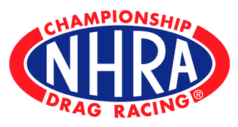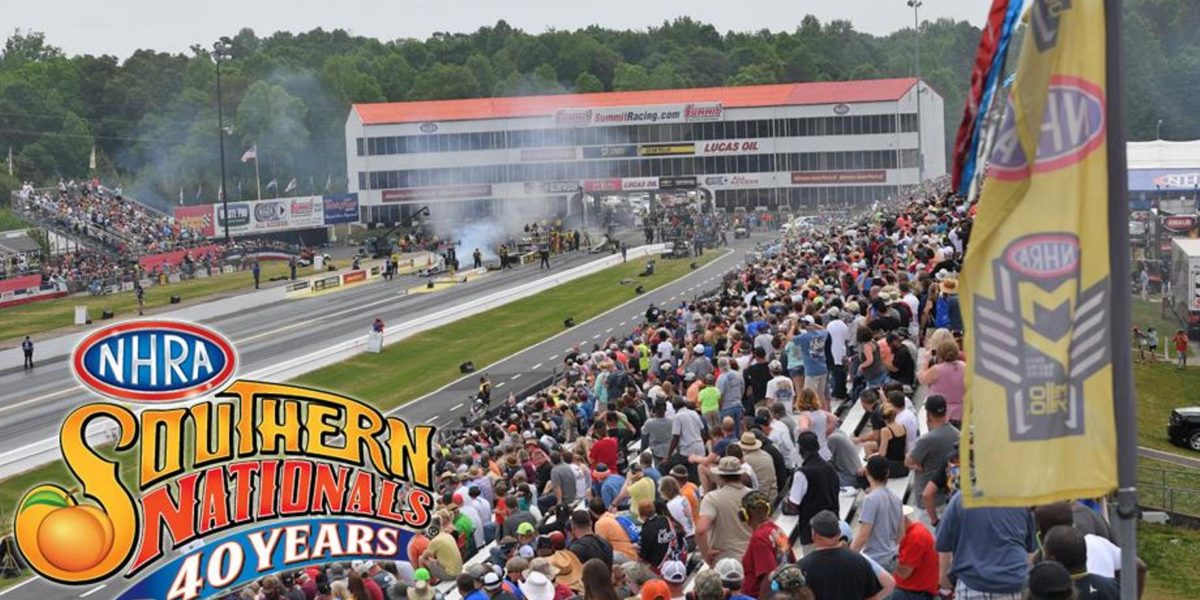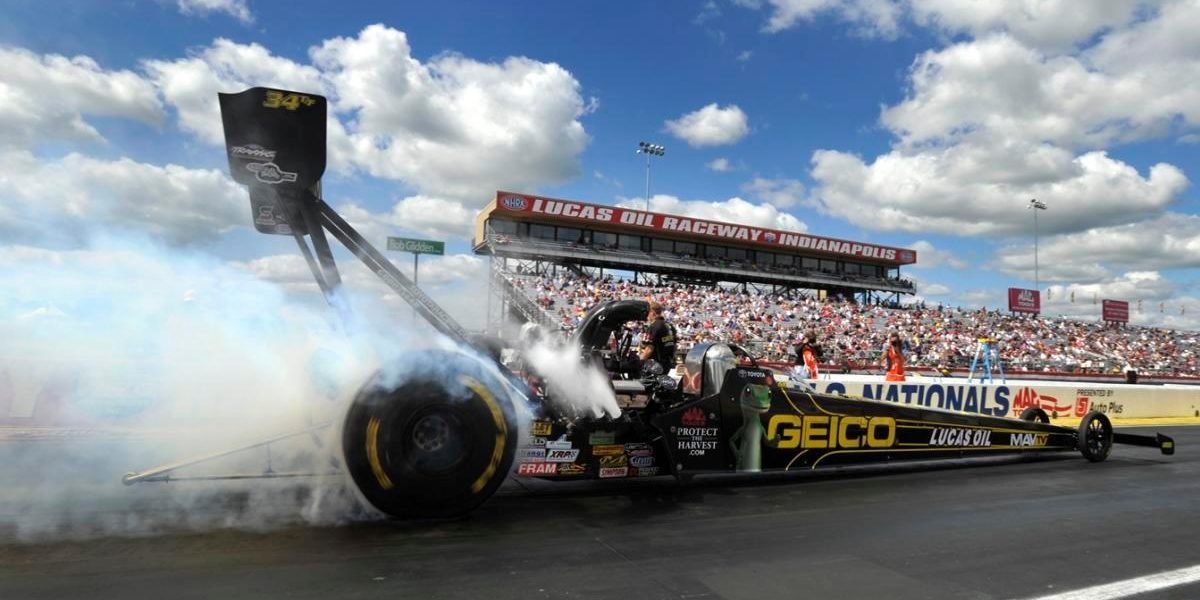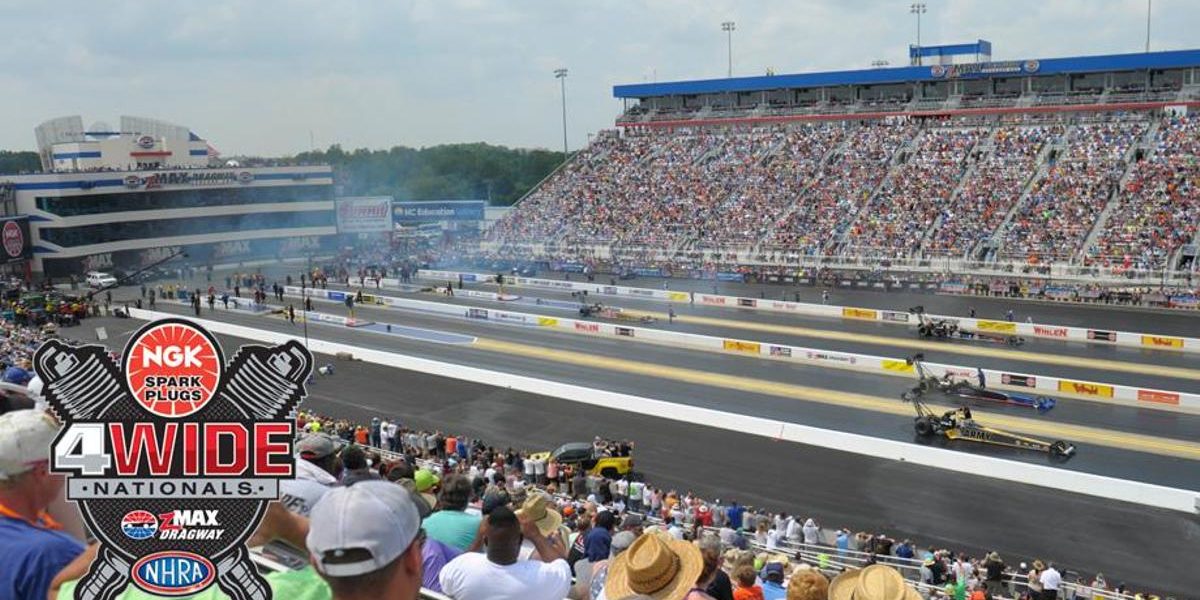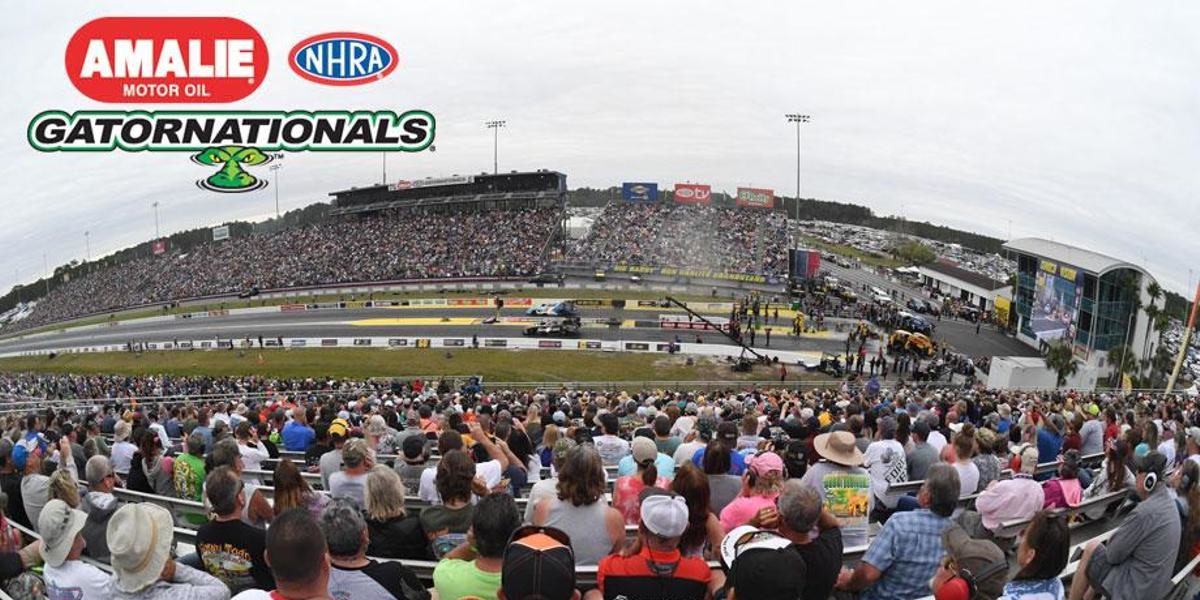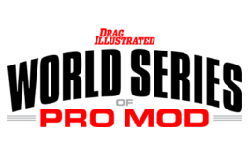Business Model Innovation and Competitive Imitation: The Case of Sponsor-Based Business Model
Abstract
We study sponsor-based business model innovations where a firm monetizes its product through sponsors rather than setting prices to its customer base. We analyze strategic interactions between an innovative entrant and an incumbent where the incumbent may imitate the entrant’s business model innovation once it is revealed. We find that an entrant needs to strategically choose whether to reveal its innovation by competing through the new business model, or conceal it by adopting a traditional business model. We show that the value of business model innovation may be so substantial that an incumbent may prefer to compete in a duopoly rather than to remain a monopolist.


